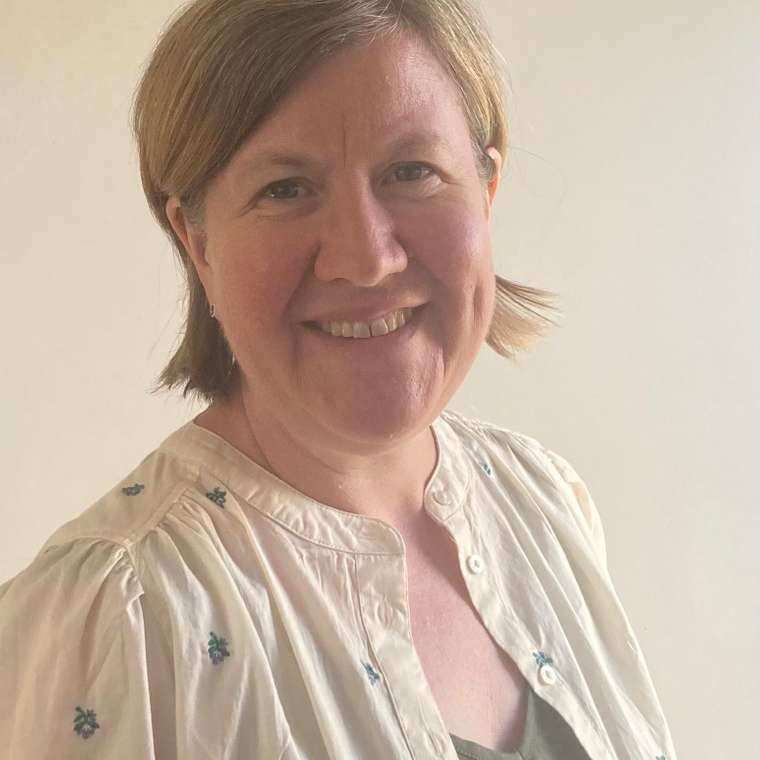The pandemic brought with it extended periods of home learning for most pupils, with school leaders and teachers supporting children with their learning remotely. Many teachers noted that ‘in the moment’ assessment of understanding for all pupils was one of the challenges of delivering online lessons
Now that most children are back in the classroom, teachers are taking account of prior knowledge to ensure that their pupils’ learning needs are met. Anticipating common misconceptions, and using diagnostic assessment to uncover them, forms an important part of this process.
By focusing on effective diagnostic classroom assessment, such as low-stakes retrieval quizzes, teachers can find the gaps in their pupils’ understanding. This can provide important insights at a class level, by identifying whole topics in need of revisiting or reteaching, and supporting curriculum prioritisation; or, at an individual level, by indicating those pupils who would benefit from targeted interventions or additional support.
These three case studies demonstrate some of the approaches being used by schools and how they are monitoring and evaluating the impact of their strategies:
- Bernie Kaye (Assistant Headteacher) and Kate Jones (Reading Intervention Lead) from South Shore Academy in Blackpool explain their school’s approach to diagnostic assessment in reading and the impact it has made in this case study.
- In this case study Jade Pearce, Assistant Headteacher and ELE from Walton High School in Staffordshire, describes how she makes use of retrieval practice to maximise learning.
- George Ellis, Senior SEND Advisor in Suffolk, describes how Burton End Primary Academy Specialist Provision Hub use low-stakes quizzing approaches to support pupils with Education, Health and Care Plans in this case study.
These EEF case studies can be shared with senior leadership teams, governors, and teaching staff as part of each school’s drive to engage with evidence and assess how best to implement the right strategies for their students.
